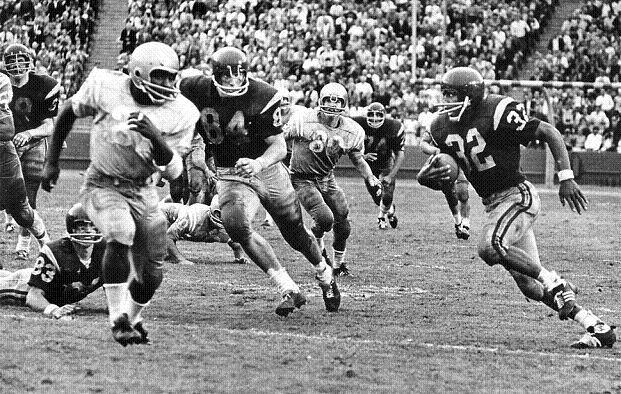


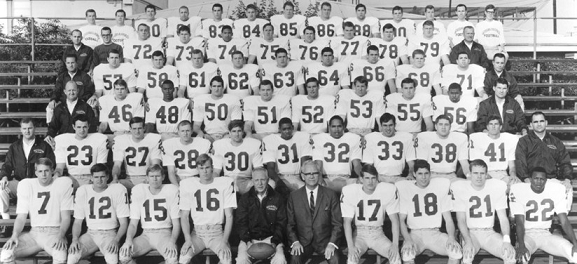
| Washington State (2-8) | 49-0 | |
| Texas (6-4) | 17-13 | |
| at Michigan State (3-7) | 21-17 | |
| Stanford (5-5) | 30-0 | |
| at Notre Dame (8-2) | 24-7 | #7 |
| at Washington (5-5) | 23-6 | |
| Oregon (2-8) | 28-6 | |
| at California (5-5) | 31-12 | |
| at Oregon State (7-2-1) | 0-3 | #5 |
| UCLA (7-2-1) | 21-20 | #4 |
| Rose Bowl Indiana (9-2) | 14-3 | #8 |

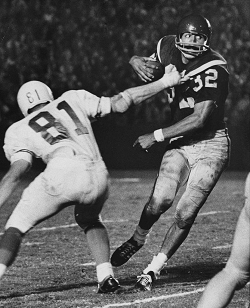
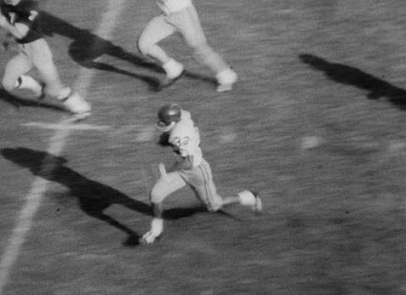
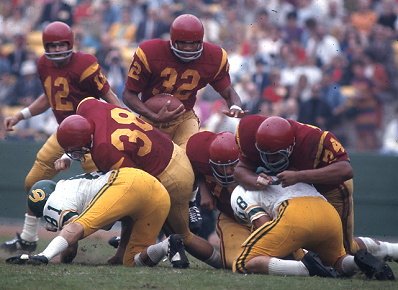
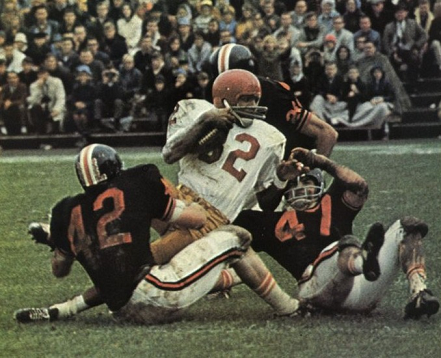
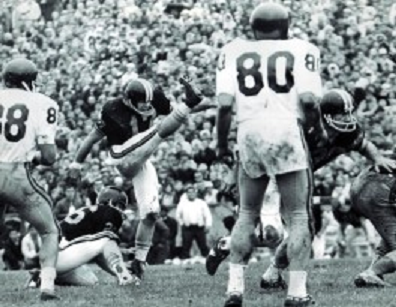
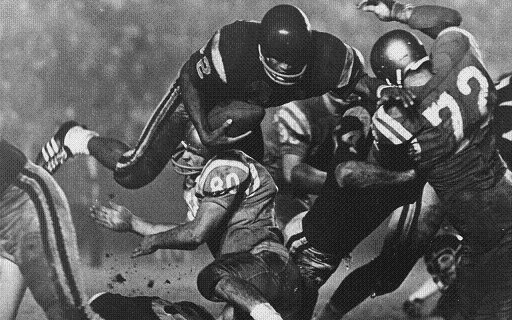
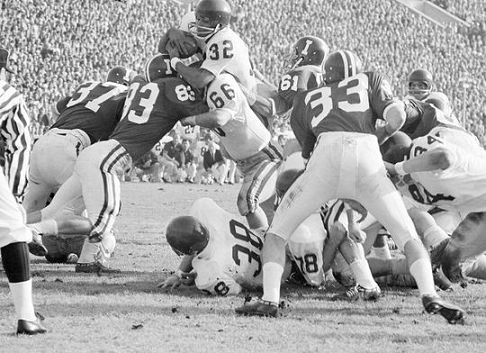
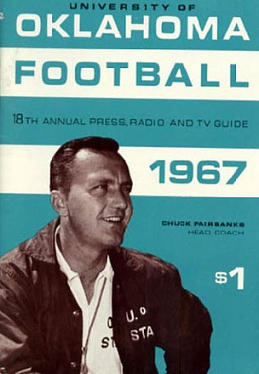
| Washington State (2-8) | 21-0 | |
| Maryland (0-9) | 35-0 | |
| (Dallas) Texas (6-4) | 7-9 | |
| at Kansas State (1-9) | 46-7 | |
| at Missouri (7-3) | 7-0 | |
| Colorado (9-2) | 23-0 | #11 |
| at Iowa State (2-8) | 52-14 | |
| Kansas (5-5) | 14-10 | |
| at Nebraska (6-4) | 21-14 | |
| Oklahoma State (4-5-1) | 38-14 | |
| Orange Bowl Tennessee (9-2) | 26-24 | #3 |
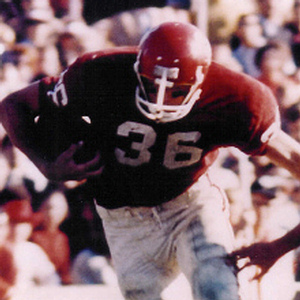
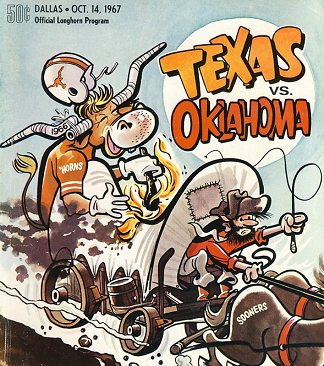
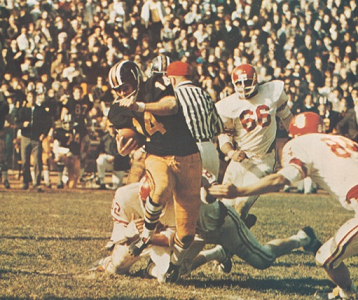
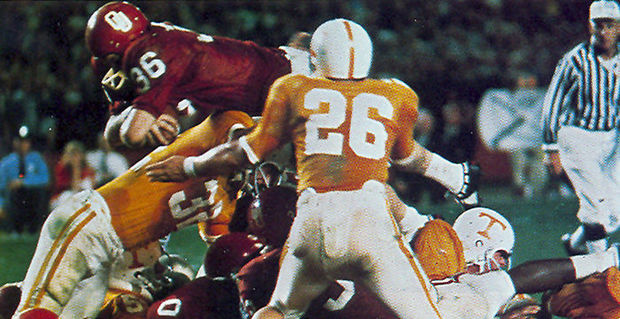
| Southern Cal 10-1 | Oklahoma 10-1 | ||||||||||||||||||||||||||||||||||||||
|---|---|---|---|---|---|---|---|---|---|---|---|---|---|---|---|---|---|---|---|---|---|---|---|---|---|---|---|---|---|---|---|---|---|---|---|---|---|---|---|
|
|
||||||||||||||||||||||||||||||||||||||
| Helms Matthews (math system) Billingsley (math) Sagarin (math) DeVold (math) Coaches Poll FWAA Football News NFF |
5.0 |
| National
Championship Foundation AP Poll |
4.7 |
| College Football Researchers | 4.4 |
| Sagarin
ELO-Chess (math) Berryman (math) |
4.0 |
| Poling (math) | 3.8 |
|
Dunkel (math) Litkenhous (math) | 3.3 |
| 1) National Championship Foundation | 4.69 |
| 2) Billingsley (math system) | 4.67 |
| 3) Houlgate (math) | 4.53 |
| 4)
College
Football Researchers Association |
4.48 |
| 5) Sagarin-ELO (math) | 4.46 |
| 6) DeVold
(math) |
4.44 |
| 7) Poling
(math) |
4.38 |
| 8) Helms Foundation | 4.35 |
| 9) Boand (math) | 4.27 |
| 10) Sagarin (math) | 4.24 |
| 11) Litkenhous
(math) |
4.22 |
| 12) AP Poll | 4.08 |
| 13) Dunkel (math) | 4.05 |
| 14) Williamson (math) | 3.86 |
| 15) Berryman (math) | 3.17 |
| 16) Coaches Poll | 3.05 |
| 1) Boand (math system) | 4.26 |
| 2) College Football Researchers Association | 4.22 |
| 3) Poling (math) | 4.11 |
| 4) Helms | 4.09 |
| 5) Sagarin-ELO (math) | 4.06 |
| 6) National Championship Foundation | 3.96 |
| 7) Dickinson (math) | 3.49 |
| 8) Houlgate (math) | 3.35 |
| 9) Billingsley (math) | 3.34 |
| 10) Sagarin (math) | 3.28 |
| 11) Parke Davis | 2.77 |
| 1) Houlgate (math system) | 4.5 |
| 2) Helms | 4.3 |
| 3) Parke Davis | 4.2 |
| 4) National Championship Foundation | 3.7 |
| 5) Billingsley (math) | 3.6 |